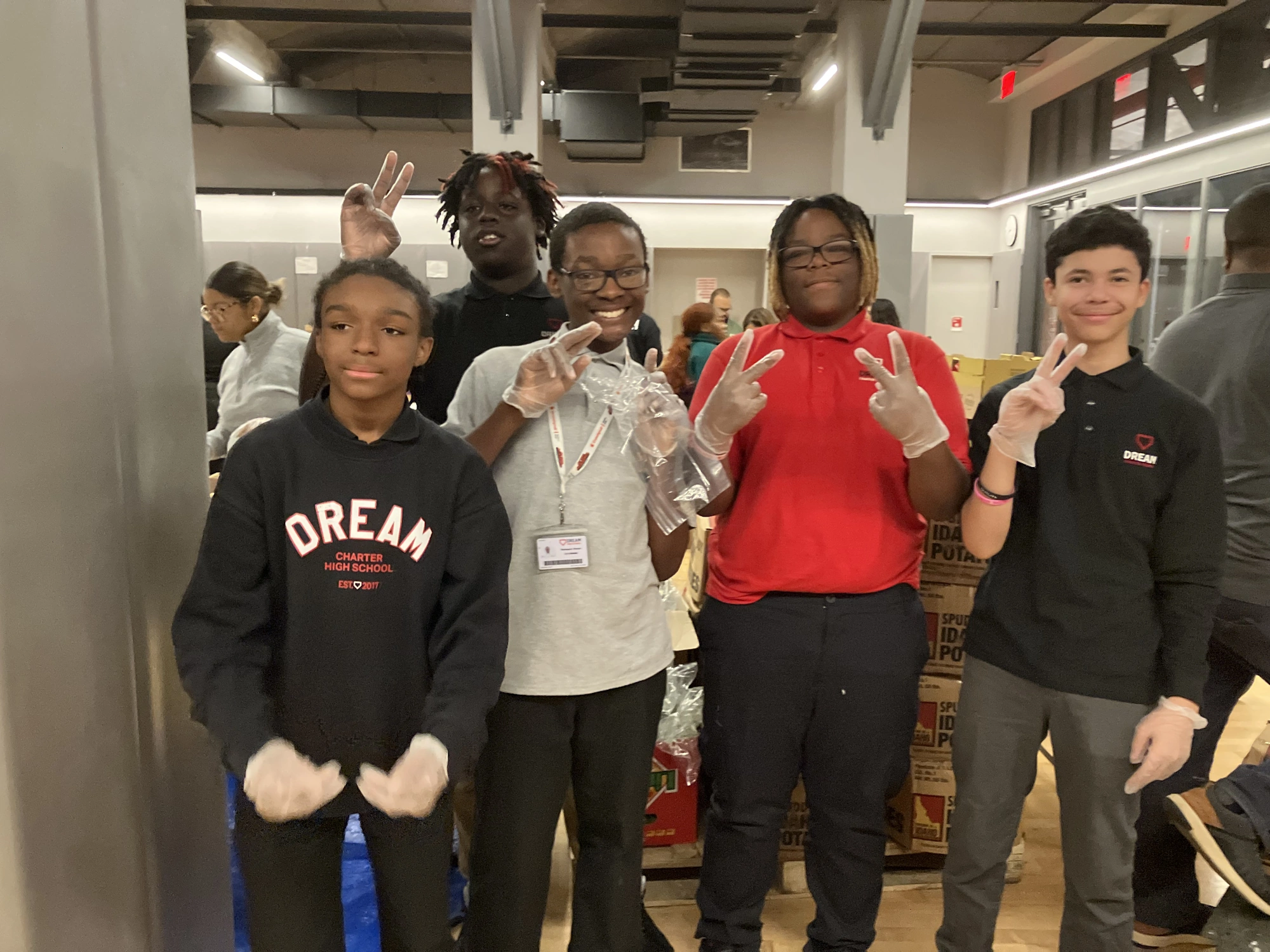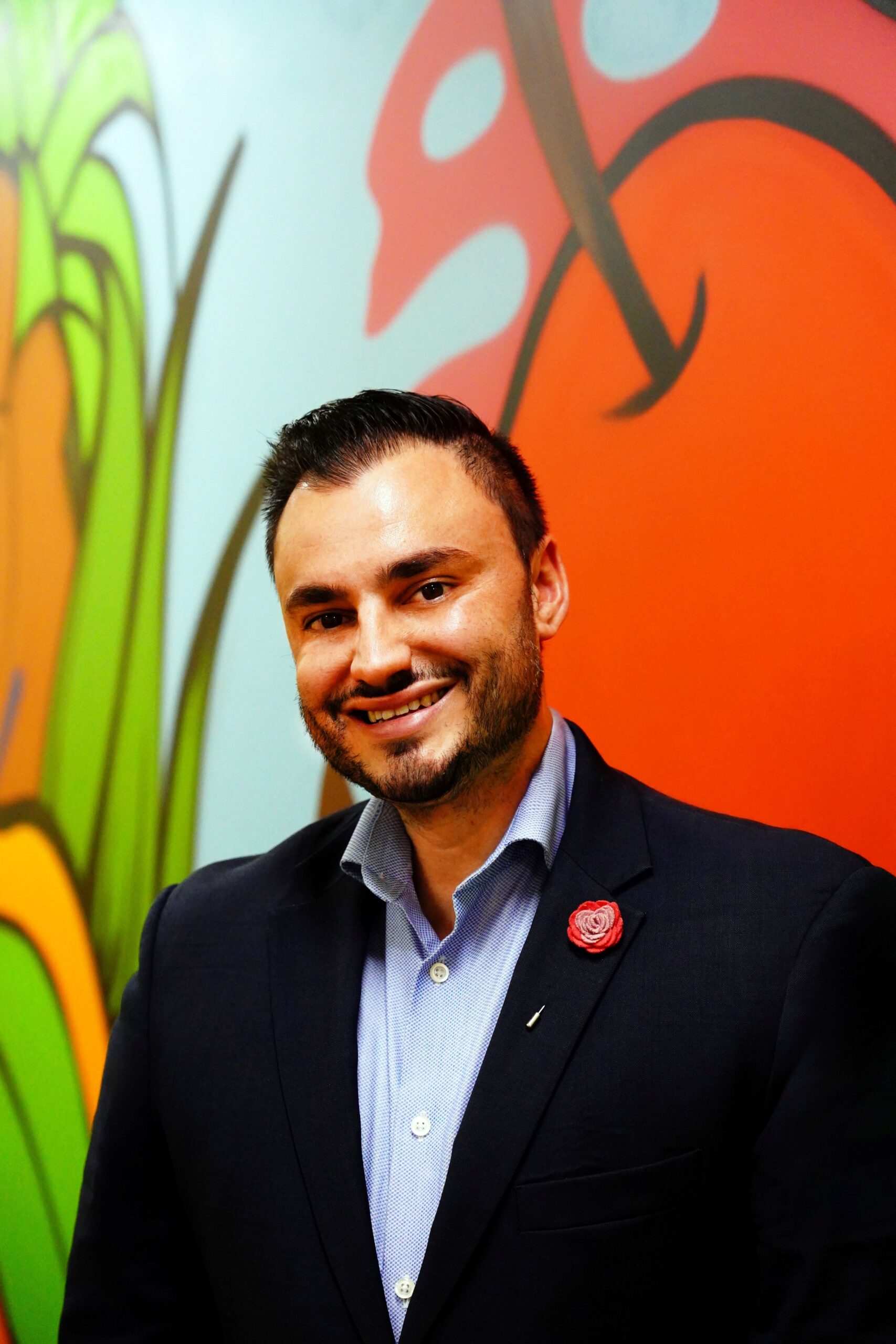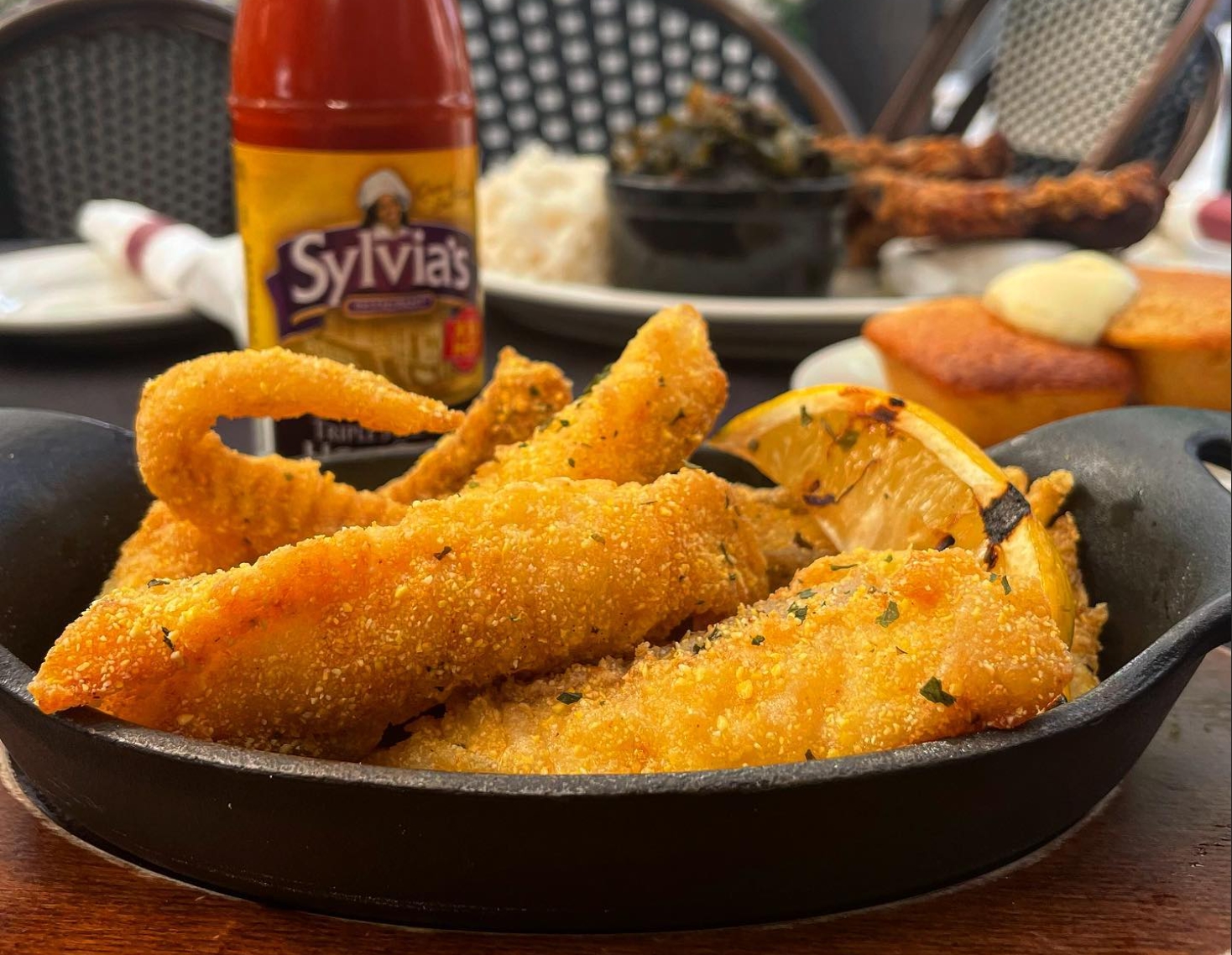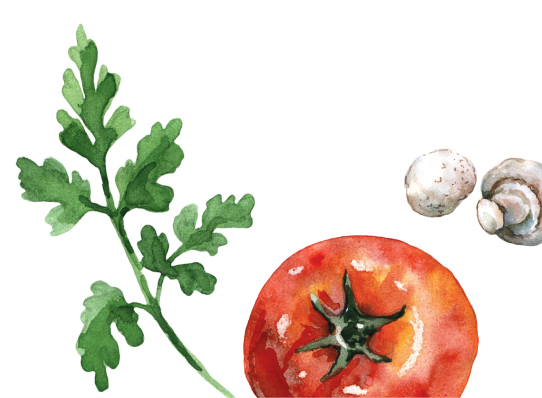Farm to City
The International Restaurant and Foodservice Show of New York rolls into town every March with a vast array of vendors and displays. From kitchen equipment to software, ice cream to state-of-the-art doggie bags, you will find it here. My favorite section is one that has been steadily growing – The Pride of New York. From a paltry lineup of jam and pickles several years ago – to now a robust gathering of producers featuring a sophisticated assortment of New York State products, this is where you want to be to nibble on amazing spelt rolls (Orwasher’s using local grain), sip sour cherry juice (Red Jacket Orchards), indulge in hard cider (Breezy Hill Orchard), sample outstanding pickled veggies (Rick’s Picks), smear some sensational jam on toast (Beth’s Farm Kitchen, Katchkie Farm Tomato Jam), dip into artisanal ketchup (Sir Kensington’s Gourmet Scooping Ketchup, Katchkie Ketchup) or try a tidbit of local meat. It is a true celebration of the breadth, depth, and bounty of our state.
The explosion of interest in locally grown products is a boon for farmers and small businesses and is ushering in a new breed of entrepreneurs as well – aggregators creating hubs for collection, production, and distribution in diverse geographic regions of the state. Farm to City Expo- Growing the Local Food Economy: Trends, Infrastructure, and Purchasing convened on Monday during the show, co-sponsored by Speaker Christine Quinn’s office, Empire State Development, and NYS Dept. of Agriculture and Markets. Now that is a power lineup promoting our local food system. This was a day of positive economic indicators, highlighted by President, CEO, and Commissioner of ESD Kenneth Adams’ presentation of successful state initiatives around food:
1. Fresh Connect: increasing the sale of locally grown food across the state with a particular focus on underserved communities and providing support and training for farmers. In the launch year 2011 alone, over 100 farmers were connected to market outlets.
2. Food Hubs: providing $3.6 million to 10 regional councils across the state for innovative “centers” that promulgate collection, processing, and distribution of locally grown products. New projects include Hudson Valley Harvest and J. King’s Agriculture Enterprise Park.
3. The success of the first New York State Yogurt Summit: NY State has gone from producing $150 million to $1.8 billion in yogurt and from 14 to 29 processing plants.
4. Wine, Beer, and Spirits Summit: a $22 billion industry, now fast-tracked for “one-stop-shop” of government regulations, licensing, and other requirements – a move lauded by growers and the New York Farm Bureau.
The 3 panels that followed each focused on a different segment of the supply/demand chain starting with infrastructure needs and wholesalers – moderated by Marcel Van Ooyen, Executive Director of GrowNYC; to institutional buyers – moderated by Karen Karp of Karp Resources; and finally, the smaller-scale food buyers closest to consumers, the restaurants. I had the honor of moderating this panel of three Brooklyn restaurateurs and one from Manhattan.
In an age of celeb chef and telegenic personalities, these individuals reminded everyone of why (and how) chefs evolve. It is, in its more inspiring moment, a calling. Chefs Cheryl Smith, George Weld, and Robert Newton grew up in homes with distinctive culinary cultures inspired by traditions and were imbued with a deep love of ingredients, cooking, and family in the kitchen. Jeffrey Zurofsky learned to cook to escape the culinary tyranny of his mom, who supported the family but did not find inspiration in the kitchen.
Each chef expressed a deep connection to local ingredients for their flavor and an appreciation for the transparency and knowing where their food came from. I learned a lot from talking to the chefs before our panel.
Chef George Weld shared his sourcing hierarchy – and we can all learn from it. At the top is the best practice to least desirable:
1. Grow it ourselves
2. Buy it organic, local from someone we know
3. Buy it locally from someone we know
4. Buy it regionally from someone we know
5. Buy it from far away, from someone we know
6. Buy it from far away, from someone we don’t know
His commitment to knowing the people who grow the ingredients he buys – be they near or far – is a core value, along with an awareness of the environmental impact of the food and exclusive purchase of humanely raised livestock. To control prices when dealing with more costly ingredients, he advises keeping recipes simple, controlling the waste, and creating menus that are easy to replicate.
Perhaps what touched me most in his approach to sourcing was his concern about doing enough to help farmers. “What about farmers without access to sophisticated and well off urban markets and shoppers?” – he worries about them.
Chef Robert Newton shared his resolute commitment to using humanely raised livestock and extending the notion of fresh food to incorporate beverages and spirits, with a hierarchy of local – regional – American to guide his selections. His connection to buying local comes with a deep respect for farmers from his childhood in Arkansas to time spent at culinary school in Vermont. Cooking in season and preserving the harvest are basic rules he embraces. Again, simplicity and a deep connection to the artistry of creating the building blocks of his meals (be it animal, produce or dairy products) guide his selections.
I learned a lot from Chef Cheryl Smith, who shared her passion for connecting her community around the table; she is actively involved with mentoring local youth about food and culinary careers. As one might expect, the hurdles facing a woman in the culinary world are steep, but what one quickly learns about Cheryl is that her drive is as strong as her passion for flavors. Her mom worked 3-4 jobs and cooked the family meals, so the next meal was always marinating. Flavors that go right through the food, not on the surface, have become her signature. Her restaurant is across the street from a Greenmarket and that is what shows up on her plates. The restaurant is a source of great pride especially at that peak moment nightly, when the clanking of pots blend perfectly with the sounds of laughter and conversation.
And Jeffrey Zurofosky (both of us serve on the GrowNYC board) was clear – the demand for local food, coupled with the increased production of local food, creates a virtuous cycle. What is an outstanding accomplishment is the high percentage of locally sourced food he utilizes in his large volume operation – up to 30% of ingredients. He sees indirect benefits – like increased agro-tourism and economic boosts to economically depressed rural areas – as tangential benefits to supporting local production. It was delightful to hear him say that upstate farmers selling to downstairs urbanites is a form of redistribution of wealth!
And these are truly the partners for the next generation of eaters and farmers–chefs involved in their communities, clear on their food choices and committed to their principles. I may have been the moderator, but I was also the student.











